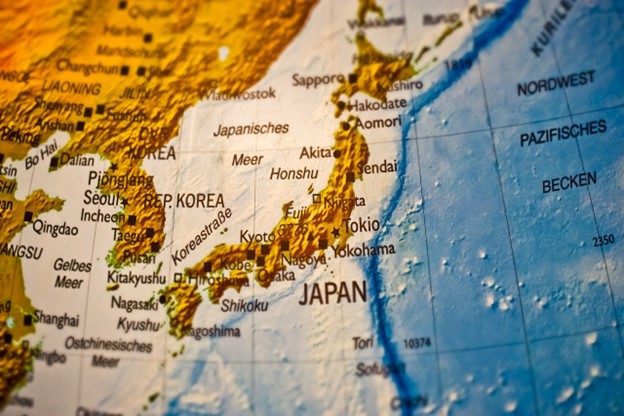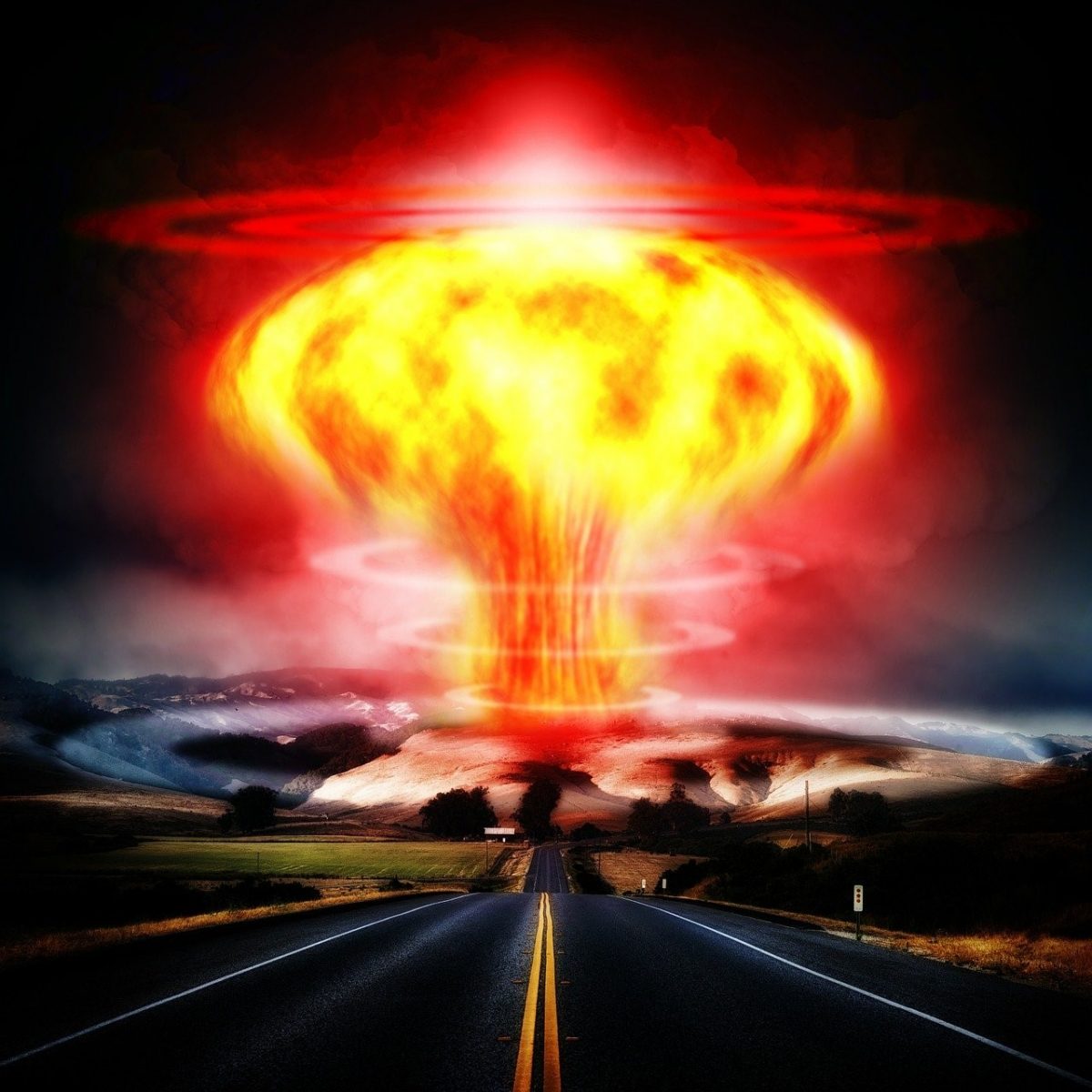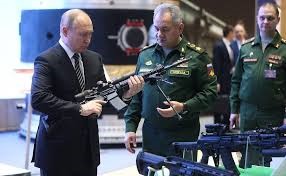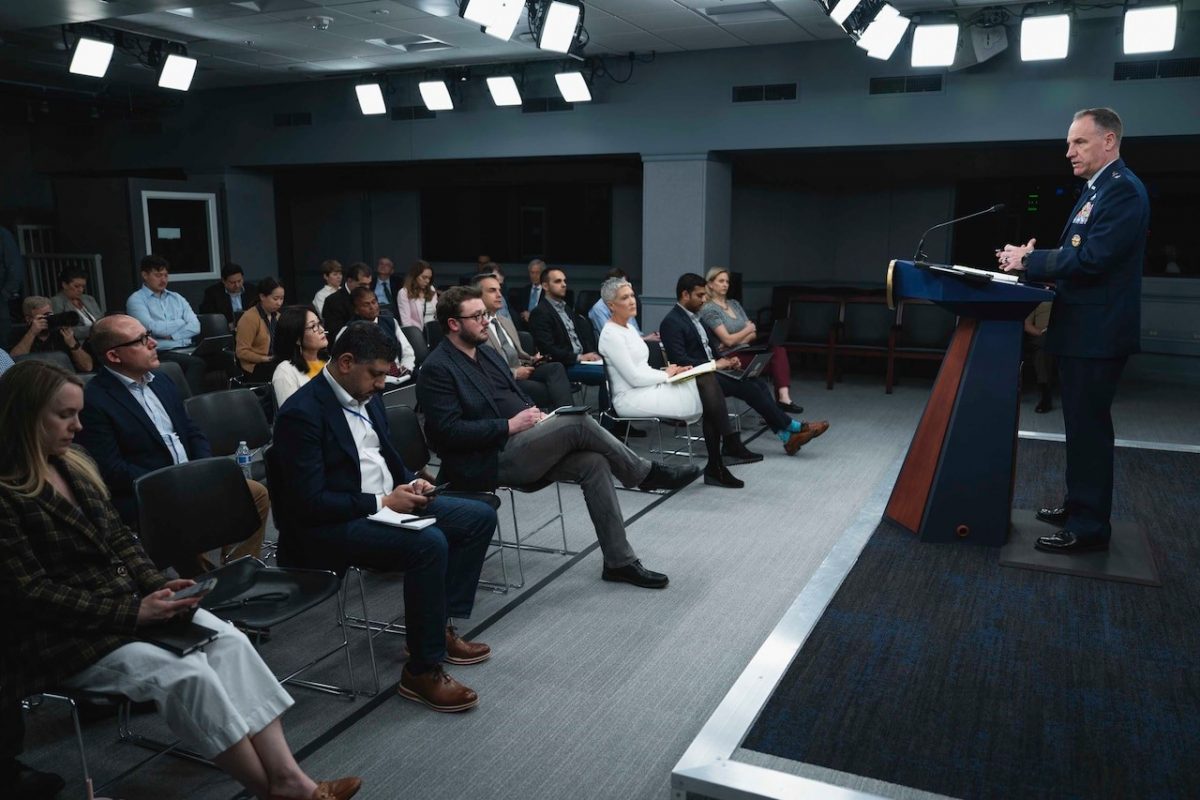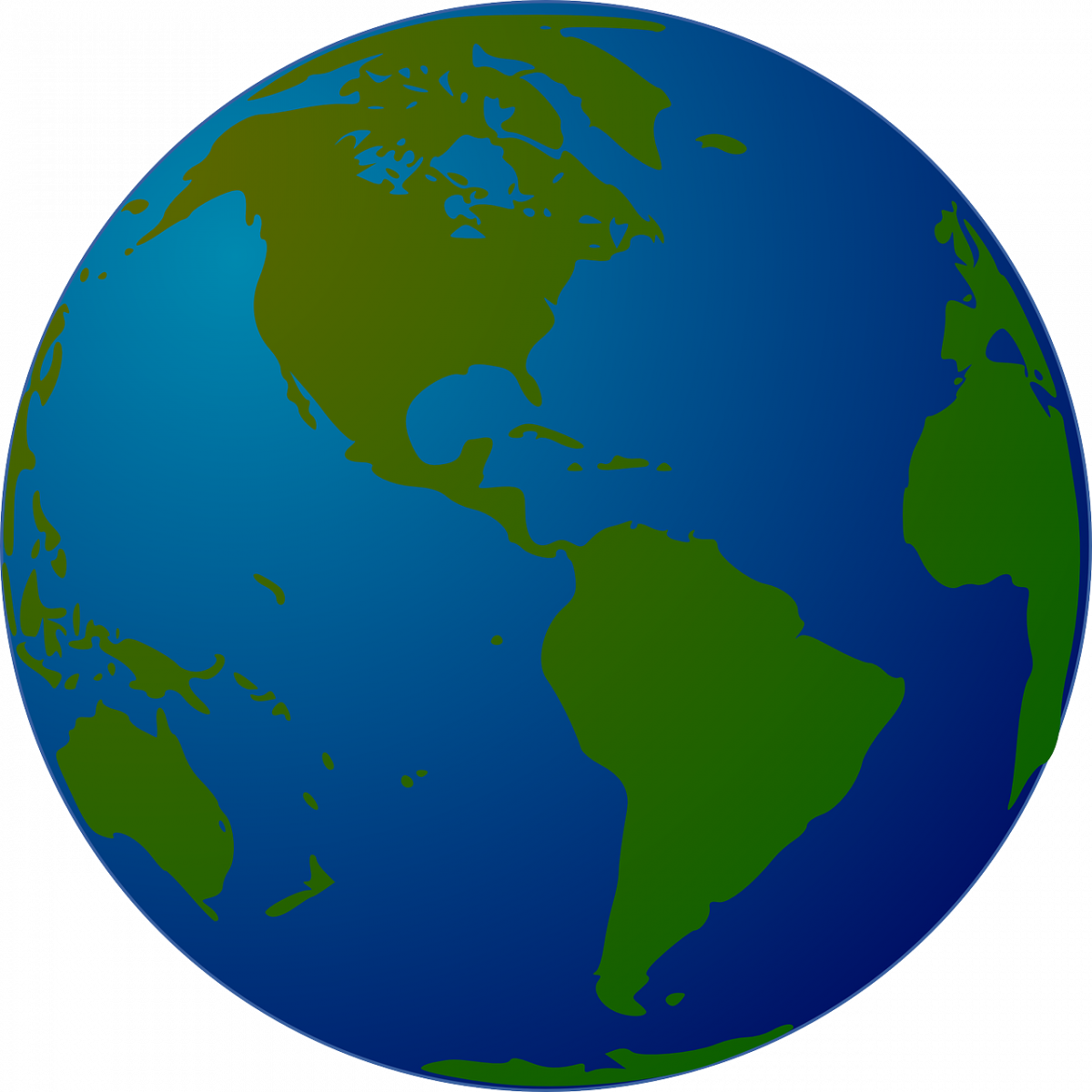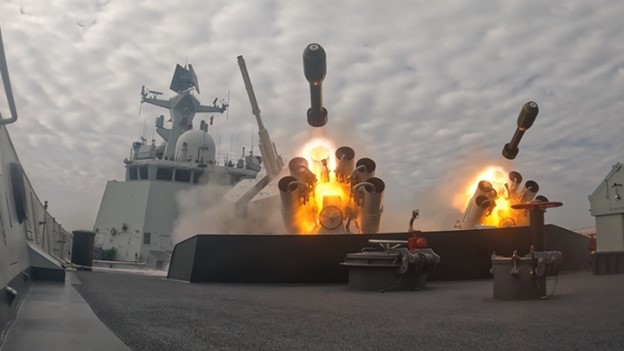Judge Juan Merchan Must Recuse Himself from Hearing the Case of Donald Trump
By John H. Wilson
In April and May of 2023, we discussed several of the weaknesses of the criminal case brought against former President Donald Trump. In particular, we described the legal insufficiency of the indictment, which does not “asserts facts supporting every element of the offense charged and the defendant`s…commission thereof with sufficient precision to clearly apprise the defendant…of the conduct which is the subject of the accusation.” We also noted that the majority of the charges brought against Trump are most likely time-barred by New York’s Statute of Limitations. https://www.usagovpolicy.com/is-trumps-indictment-beyond-the-statute-of-limitations/
In both articles, we also noted that the Judge assigned to hear the case against the former President, Juan Merchan, had previously donated small sums to several anti-Trump organizations, and was unlikely to dismiss the charges on either of these grounds. According to the New York Post, Merchan “donated $35 to Democratic causes in 2020, including $15 to President Biden’s campaign and $10 to a group dedicated to ‘resisting … Donald Trump’s radical right-wing legacy.’ Federal Election Commission records show Merchan made three small-dollar donations within the span of two days in July 2020 through ActBlue, the Democratic Party’s preferred online fundraising platform. The veteran judge contributed $15 earmarked for the ‘Biden for President’ campaign on July 26, 2020, and then the following day made $10 contributions to the Progressive Turnout Project and Stop Republicans” .
Given the small amounts involved, no one seriously argued that Judge Merchan should be removed from the case after having made these contributions, even though “FEC records show that Merchan listed his occupation as ‘judge’ on the donation form, and his employer as the New York State Office of Court Administration.” This is, however, an issue of some seriousness.
Under Rule 100.5(A)(1) of the Rules of the Chief Administrative Judge for the State of New York, “[n]either a sitting judge nor a candidate for public election to judicial office shall directly or indirectly engage in any political activity except (i) as otherwise authorized by this section or by law, (ii) to vote and to identify himself or herself as a member of a political party, and (iii) on behalf of measures to improve the law, the legal system or the administration of justice. Prohibited political activity shall include…(h) soliciting funds for, paying an assessment to, or making a contribution to a political organization or candidate. (Emphasis added.)
This means that despite the modest sums donated by Judge Merchan, he is prohibited from making ANY contribution, in ANY amount, to the Biden campaign, or any other political organization.
It’s not as if Judge Merchan wouldn’t be aware of these rules. According to CNN, “Merchan launched his legal career in 1994…as an assistant district attorney in the trial division in the Manhattan District Attorney’s Office…[i]n 2006, New York Mayor Michael Bloomberg…appointed Merchan to Family Court in the Bronx, and Democratic Gov. David Paterson appointed him to the New York State Court of Claims in 2009, the same year he began serving as an acting New York Supreme Court judge.” With more than 23 years of experience as a judge, Juan Merchan would certainly know he is prohibited from making contributions in any amount to political campaigns and organizations.
But he did it anyway.
Further, under Rule 100.3(E)(1) “[a] judge shall disqualify himself or herself in a proceeding in which the judge’s impartiality might reasonably be questioned.” Making campaign contributions to the current President, and then hearing the case of that President’s opponent in this year’s election would certainly qualify as a reasonable question regarding Merchan’s impartiality.
But this is only one basis under which Judge Merchan’s removal from the Trump case is both appropriate and necessary. There is more substantial basis for this matter to be taken away from Judge Merchan.
Rule 100.3(E)(1) continues as follows; “[a] judge shall disqualify himself or herself in a proceeding in which the judge’s impartiality might reasonably be questioned, including but not limited to instances where… (d) the judge knows that the judge or the judge’s spouse, or a person known by the judge to be within the sixth degree of relationship to either of them, or the spouse of such a person…(iii) has an interest that could be substantially affected by the proceeding.”
According to the website Living DNA, a First Degree of Relationship is a Parent to a Child, while a Sixth Degree is a second cousin. In between are Grandparents and grandchildren, great-grandparents and great-grandchildren, Aunts, Uncles, Nieces, Nephews and First Cousins.
It stands to reason, then, that if Judge Merchan had a cousin, or a nephew, or a grandchild who was known to the Judge, and that person had “an interest that could be substantially affected” by a proceeding over which Judge Merchan was presiding, he would have to legally and ethically recuse himself from the handling of that matter.
But what if that person is of the first degree of relationship, that is, a child of the Judge?
Meet Loren Merchan, who is, according to the New York Post, “president of Authentic Campaigns, a Chicago-based progressive political consulting firm whose top clients include Rep. Adam Schiff (D-Calif.), who was the lead prosecutor in Trump’s first impeachment trial, and the Senate Majority PAC, a major party fundraiser…Schiff’s campaign for US Senate scored an eye-popping $20 million in aid since he began soliciting donations off the presumptive GOP presidential front-runner’s unprecedented 34-count indictment last April, according to Federal Election Commission records…The Senate Majority political action committee, which supports Democratic Senate campaigns, pocketed $73.6 million since it also began firing off fundraising emails following the ex-president’s indictment…The super PAC has done more than $15 million in business with Authentic since 2019, including email fundraising and branding assistance, while Schiff’s Senate campaign paid Authentic more than $10 million for digital advertising and other consulting services the past year, records show.”
Let us understand what the New York Post has revealed here. Loren Merchan is the president of an organization that has been paid ten million dollars by the Senate Majority PAC, which has earned the money to pay Loren’s company by fundraising that is, at least, partially based on exploiting the indictment of former President Trump. Clearly, then, this person has an interest that could be substantially affected by a trial over which Judge Merchan is currently presiding.
But is there a relationship between Judge Juan Merchan and Loren Merchan, the President of Authentic Campaigns?
Let’s ask the judge himself.
“This Court’s daughter is the President and Chief Operating Officer of Authentic Campaigns, Inc., a digital marketing agency that works with Democratic Party candidates as well as non-profit organizations,” Judge Merchan wrote in his August 2023 decision denying Donald Trump’s motion for the judge’s removal from the case.
But yes, you read that right.
Loren Merchan is the daughter of Juan Merchan – of the first degree of relation to the Judge.
So why is Juan Merchan hearing the case of Donald Trump at all? Why hasn’t he followed Rule 100.3 of the Rules of the Chief Administrative Judge for the State of New York?
“[O]n May 4,2023,[the New York State] Advisory Committee [on Judicial Ethics] issued an opinion in direct response to this Court’s earlier inquiry,” Judge Merchan wrote. “On the specific issue of the employment of this Court’s daughter, the Committee wrote ‘the matter currently before the judge does not involve either the judge’s relative or the relative’s business, whether directly or indirectly. They are not parties or likely witnesses in the matter, and none of the parties or counsel before the judge are clients in the business. We see nothing in the inquiry to suggest that the outcome of the case could have any effect on the judge’s relative, the relative’s business, or any of their interests.’ Defendant has failed to demonstrate that there exists concrete, or even realistic reasons for recusal to be appropriate, much less required on these grounds. The speculative and hypothetical scenarios offered by Defendant fall well short of the legal standard.”
In other words, Judge Merchan sought an opinion from the Advisory Committee on Judicial Ethics, and he was told that his daughter’s business, which profits handsomely by fundraising for Democrats, does not present any conflict of interest for Judge Merchan in his presiding over the trial of Donald Trump.
Unfortunately for the former President, Judge Merchan has the right to rely upon this Advisory Opinion. “The Judiciary Law [of New York State] provides that any action a judge takes in accordance with a formal advisory opinion of the Advisory Committee is ‘presumed proper’ for purposes of any subsequent investigation by the New York State Commission on Judicial Conduct.”
For the sake of argument, then, let us assume that Judge Merchan is actually able to act fairly and impartially in hearing the case against Donald Trump, and that his daughter’s profitable work on behalf of Democrats will have no impact on his ability to be fair.
There is yet another basis for Judge Merchan’s removal.
Under Rule 100.2 of the Rules of the Chief Administrative Judge for the State of New York, “[a] judge shall avoid impropriety and the appearance of impropriety in all of the judge’s activities” (Emphasis added.) This includes an admonishment that “[a] judge shall respect and comply with the law and shall act at all times in a manner that promotes public confidence in the integrity and impartiality of the judiciary.”
Hearing the criminal case brought against the Republican candidate for President while your own daughter runs a company that makes millions of dollars working with Democrats and their candidates for office certainly has the appearance of impropriety, and does not promote public confidence in the impartiality of Judge Merchan, does it?
Recently, Donald Trump’s attorneys brought a second motion asking the Court once more to recuse itself. “’Authentic and Your Honor’s daughter are making money by supporting the creation and dissemination of campaign advocacy for President Trump’s opponent, political rivals, and the Democrat party,’ Trump’s lawyers wrote in court papers.” But this motion was also denied by Judge Merchan.
So the trial of Donald Trump continues. But knowing that the Judge has contributed to the campaign of Joe Biden and other progressive Democrat causes, and that his daughter makes her money by fundraising for Democrats, leads to one nagging question;
Does anyone really believe for a minute that Judge Juan Merchan can be fair and impartial here?
Judge John Wilson (ret.) served on the bench in NYC


